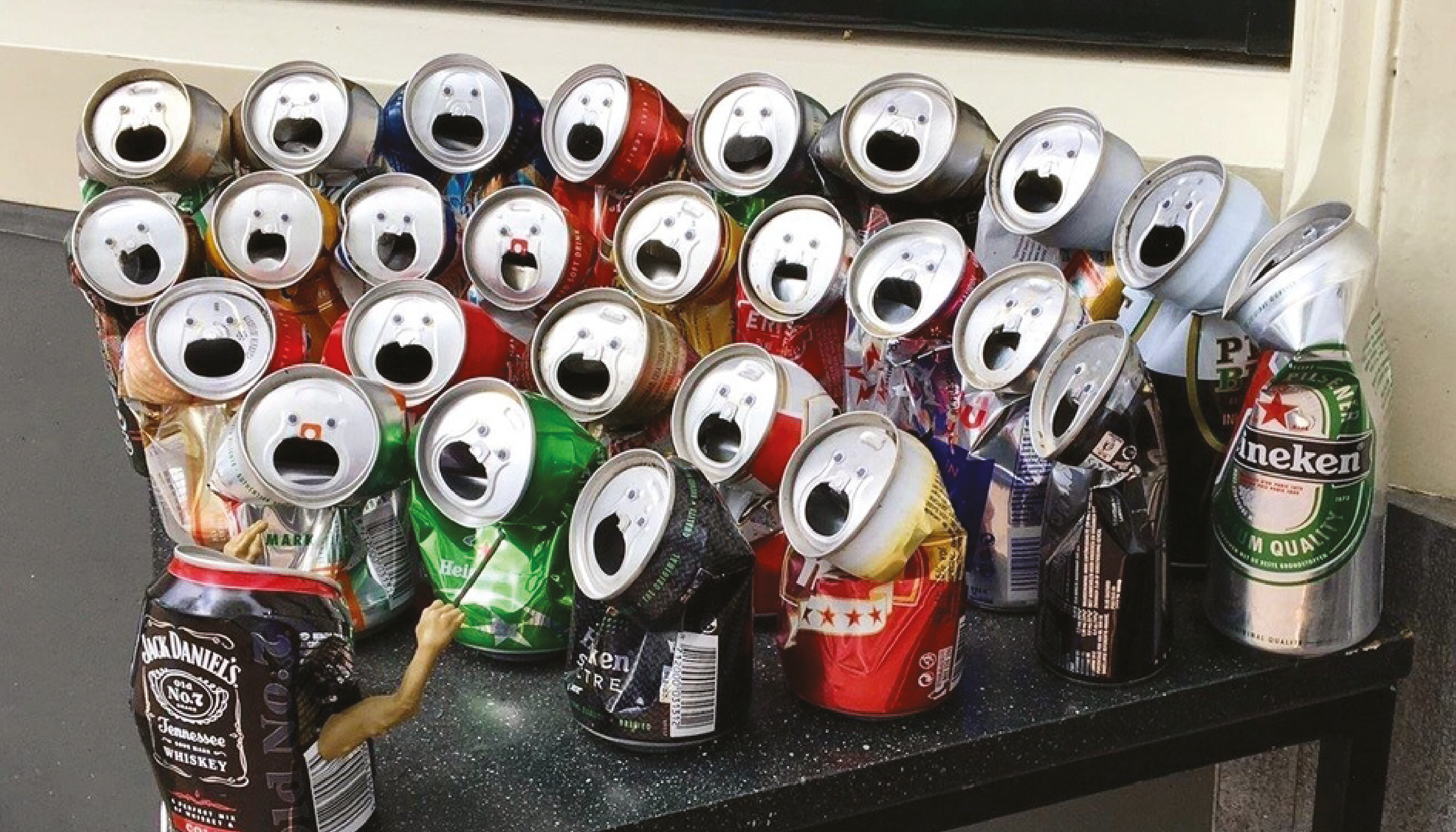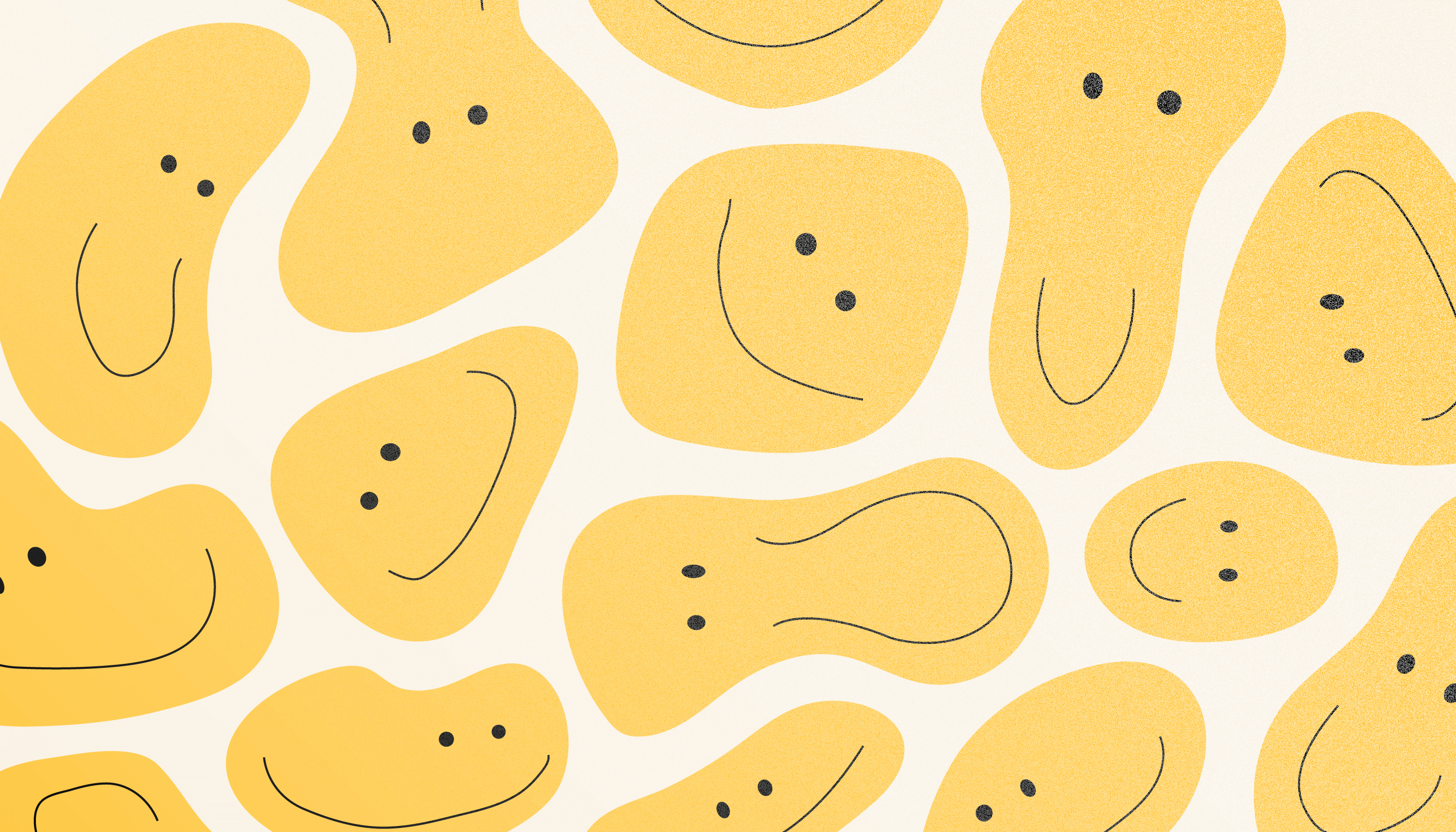
Have you ever wondered why we see faces in random objects? This phenomenon is called face pareidolia (FP) – and the face you see in the clock or house across the road is a false positive result of your brain’s evolutionary insistence on rapidly identifying faces and assigning intentions or emotions to them. Researchers at the University of Sydney are delving deeper into FP – establishing that we assign emotional weight to false faces in the same way that we do real ones (1). Lead researcher David Alais explains the rationale and results from their recent research publication…
What led to this research?
Previous neuroimaging by co-authors Jessica Taubert and Susan Wardle showed that the brain region specialized for processing faces responded just as well – and just as quickly (<250 ms) – to FP images as to real face images (2).
That’s pretty speedy…
The brain achieves such a fast response by applying a template-matching procedure – anything that fits the global configuration of a face (two eyes over a nose and a mouth). The downside of blindly applying a simple template is that it produces some false positives (such as seeing faces in objects!). The upside is that it is very fast and rarely misses a face.
Because we are the most sophisticated social animals on the planet, there is a strong evolutionary incentive to quickly detect faces and assess them for information: happy or sad, friend or foe, healthy or ill, and so on. Thus, our current study asked: after the quick initial face detection, does the brain go on to process the emotional content of the FP images? Or, alternatively, does the brain realize it has made a mistake in detecting an object as a face and not process it for emotional expression?
How did you test for this?
Our study used a kind of adaptation procedure in which exposure to a previous face biases perception of the current face. Specifically, using faces ranging from angry to happy, it has been shown that brief exposure to a happy face makes the next one look happier (and vice versa – one angry face makes the next look angrier). The FP images we used in our studies all had a clear face-like configuration. The ultra-fast response to images that satisfy this simple template is a quick and effective way to detect the presence of a face – as opposed to seeing faces in clouds, for example, which can be a slow or difficult cognitive process and is as much imagination as face response.
What did you find?
We confirmed that the brain does process the emotional content of FP images – one happy FP image makes the next look happier. Critically, we also showed that this sequential effect occurred between categories. That is, a happy FP “face” made a real face look happier and vice versa. If this sequential effect for emotional expression occurs regardless of image category, then FP and faces must both activate a common facial expression process.
Do you have a favorite “illusory face” example or stories?
I like the angry handbag and the grumpy chocolate milk bottle – and also the pareidolia choir!
Is FP integrated into our lives in any useful way?
If it were not for FP images activating the brain’s face emotion process, we wouldn’t have emojis. (And how could we live without them? They are so communicative of emotion when we text our friends, yet so economical!) Emojis began as simple templates, :-) for happy and :-( for sad. Our research shows that templates such as these activate face and emotion processing.
In fact, designers intuitively understand our emotion response to objects. For example, some motor cars are designed to look like friendly or happy faces (they satisfy the face template with their head lights (eyes), grille (mouth), and badge (nose). This applies to the design of many objects; even if they don’t all look like faces, many are designed to look soft, round, and fleshy, rather than harsh and angular.

References
- D Alais et al., Proc Biol Sci, 1, 234 (2020). PMID: 34229489.
- SG Wardle et al., Nat Commun, 11, 4518 (2020). PMID: 32908146.
